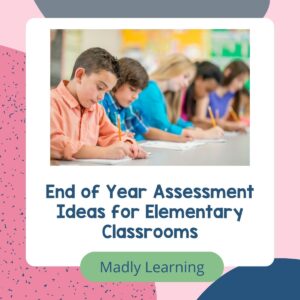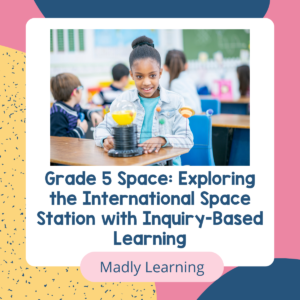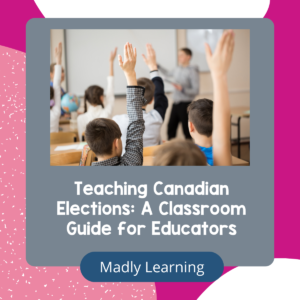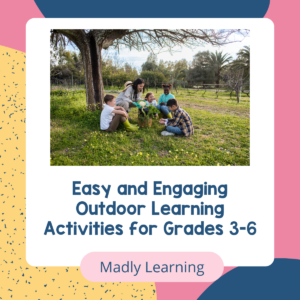A good project is engaging, relevant, and fun for students to share their learning.
Projects are an excellent way for students to share their learning with others.
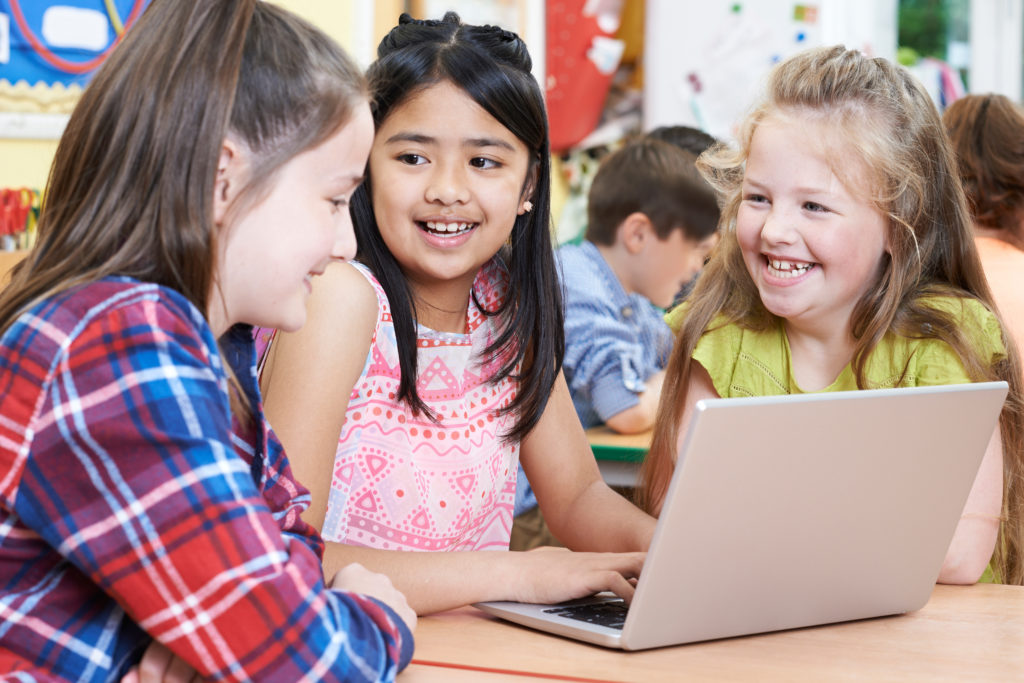
If you are using an inquiry approach embedding choice is essential into this final project is vital.
- Let them choose individually
- Let them decide as a group
- Give them a choice of the content and scope of their project.
The more you involve them and make it their own idea the more engagement you will receive.
But sometimes we want an idea of different types of projects that our students can do to share their learning.
Here are the tips five different types of projects that students can use to share evidence of learning:
1) Make Something
So many things we teach lends itself to getting students to make something. Adding in opportunities for hands-on learning is a great way to add some much-needed differentiation to your classroom.
- Dioramas: These are oldies but goodies. Each year I always have some students choose this one. Dioramas are especially useful for creating habitats or creating a historical scene like in our First Nations and explorers unit, or ancient civilizations.
- Prototypes/models: Any engineering unit leads well into creating models or prototypes to show how something works. In my classroom we make bridges, and buildings out of popsicle sticks and LEGO machines to show pulleys and gears.

- Board Games: These are great to review concepts. Student generates questions can give you a great insight into their thinking.
- Flag or Coat of Arms: History is full of historical figures. So looking at who they are and generating symbols and works that represent their personality or contribution to the history being studied can be a valuable way for students to apply what they have learned.
- Map/ Treasure Hunt: for anything that relies on a geographic understanding such as land regions or location of different civilizations a map or treasure hunt is an excellent tool for students to show what they know.
- Vocabulary Quilt: a great activity for when students are learning new vocabulary words. For topics such as rocks and minerals, students have plenty of critical vocabulary they can draw from to make a quilt that shows their learning.
- Invention: sometimes in science students need to solve problems. With activities such as in the light and sound unit, students can get their creative juices flowing to invent a solution to an everyday problem
2) Demonstrate It
Sometimes students need just to explain it.
- Experiments: This is a great way to show you that they learned something. Think of this as a science fair project. Students can demonstrate what they learned by showing you how something works.
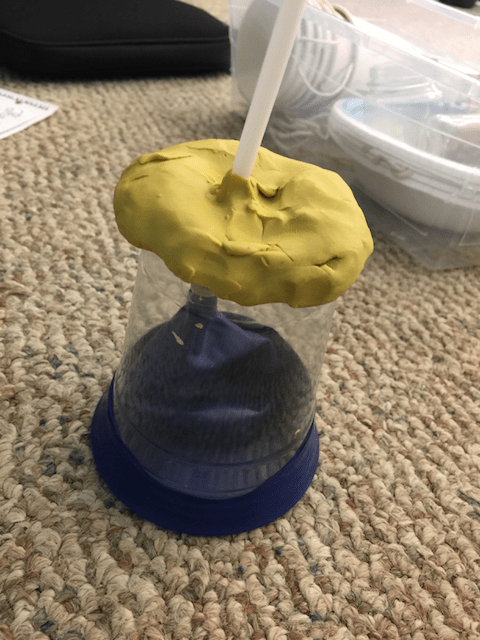
- Drama: Telling a story or explaining a concept using drama is a great way to teach a difficult concept creatively.
- Role Play: Historical events can be represented by students taking on their persona and speaking using their voice. Although this doesn’t work for some historical events and cultural sensitivity needs to be considered. Using this with ancient civilizations or in science with concepts like animals, habitats, and rocks and minerals work well to speak about something from the perspective of the object.
- Debate: teaching government this is a crucial strategy that can be used to look at two different sides of an issue. I can use this to discuss decision making, the charter of rights and freedoms and various pros and cons of political parties.
- Conference: Sometimes the most valuable way to gather data with students is to conference with them. It is as simple as them telling you what they know. You can structure it like an interview or even a conversation.
3) Teach Others
- Presentations / Posters: there may be another go to the final project. One that others will quickly volunteer to complete. It also might be the big one that students get their parents to do with them.
I still love this but try to use more digital tools instead of paper and pencil.
- Show and Share: allow students to share what they have learned in a show and tell format. Each student uses an artefact that tells them a story and allows them to talk about how the object represents their learning. Objects can be collected, citrates and displayed as a classroom museum.
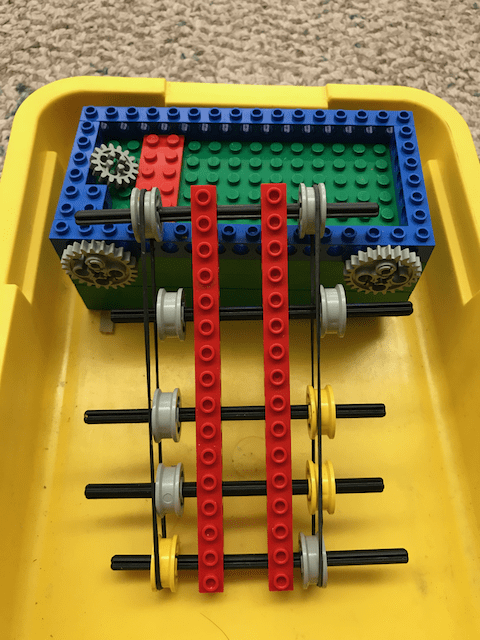
- Advertisements: Need to add some media literacy to your projects then this one is a good one to use.
- Assembly: I have only done this with one group, but it was pretty convincing. Students used other ideas from this list and combined them to create an assembly for our school to share with them how to conserve energy. This assembly was a tremendous student-generated experience that allowed them to share their ideas with a broad audience.

- Tour Guide: Imagine that students had to walk someone through a concept or environment. Students can tour others through a historical event or environment.
- News Report: With a lot of topics asking for students to report on and provide their opinion with a news report is a great way to share their ideas. For any issues that ask them to report on specific events, students can present this information in a news report format.
- Podcast/ Radio: Similarly to a news report students can use an interview format to record a podcast or radio show to explain different concepts like issues in government, historical leaders, or science concepts.
4) Digital
Here’s were taking a risk as a teacher has a big one. Some teachers are not digital natives. Our students may even be handier and more knowledgeable about how to use the digital tools!
I encourage you to try it! Especially those teachers who may not have the technical skill or familiarity of digital platforms. By allowing students to explore this avenue for the final project, they can show you what they already know in a way that makes sense to them. Although it can be extraordinarily intimidating, I would highly recommend you throw caution to the wind and allow students to teach you something new!
Digital tools can be a powerful way for students to share their learning.
- Website: Many free platforms will enable students to create a website or blog. And there are also just as many tutorials that are designed to help students with how this can be done. Students can write and create a site on blogger or Weebly pretty easily that can act as a platform for them to show their knowledge
- Video: This is always my go too digital project. It allows students to show what they know to explain their thinking quickly and easily. It is an easy way to grab a presentation but in a way that doesn’t eat a tremendous amount of class time.
- Kahoot / Quiz: why not take your quiz digital. Use google forms or kahoot and get students to share what they know by making a digital quiz. Bonus: no marking quizzes for you!
- Social Media Profile: a modernized biography! Students create a Facebook profile, an Instagram feed or twitter feed, that represents a person or concept. If we think of a social media feed as capturing a moment in our lives in a curated way, then a social media feed will fit into many history, science, or language projects.
- Walking Tour Plan: want to know what a place looks like, but can’t go? This is a great time to use the tech at our fingers! Explore more from the safety of your classrooms; everything from your own neighbourhood to a local zoo or museum! When I worked as an ESL teacher google street view was my best friend as we explored our community and the vocabulary around them through our virtual walking tours around our neighbourhood.
- Explainer Video: Ever have a concept that can be explained using a how-to video. These explainer videos are an excellent way for students to teach and explain different ideas to others. Math and science are great subjects to explore these concepts as students can film themselves completing their work and telling how it was done and why.
- Interview: using tech to record an interview with each other of others about their crucial knowledge. They can share what they have learned by interviewing and videoing a partner to show what they know about any and every subject and topic area.
5) Application / Integration
For these types of projects why not try integrating multiple subjects into one project.
In this way, we can work smarter not harder.
I get multiple forms of assessment with one project.
- Write a story: sometimes the things we learn follow the pattern of a story. Students can take events from history and retell them in the form of a story, with vital historical people as main characters of the event. They can embed as many facts and details as they can into their work. In science, students can tell a story to explain how things work. Telling the story of how the blood travels through the human body is one exciting way that I’ve had students use this form of a project to demonstrate their knowledge.
- Art: for many of our students, their strengths lie in the artistic expression. Open-ended products that allow students to demonstrate their learning through their creativity creates new avenues that are not traditionally explored. Final projects in the art also mean that you can add more purpose and substance to your art time.
- Biography: have students apply what they have learned. Let them show by writing a biography for a person studied. It integrates many writing expectations with social studies lessons in a more authentic and purposeful way.
- Play: An easy one to miss! Sometimes we have imagined that students in our class are using their free Playtime to keep engaged, and imaginative play capture the strength and students by allowing them to explore scientific principles and historical events through dramatization.
- Dance: I put this as an option for my students, and I always wonder if anyone will try it. Yet almost every time a student will write a song or a wrap, and put it to dance to present the information they’ve learned in math, science, or social studies. The thing with surprises me the most each time it happens is it it’s not for the students I would expect to choose dance as a platform for the final project.

These are just some of the many projects your students can choose. So, instead of choosing what your students need to complete; why not open it up to them? Let them decide how they would like to show their learning. Even if it’s just picking from a list you provide them with!

Want to hear more from Patti? Check out her blog or find her on Facebook and Instagram!

